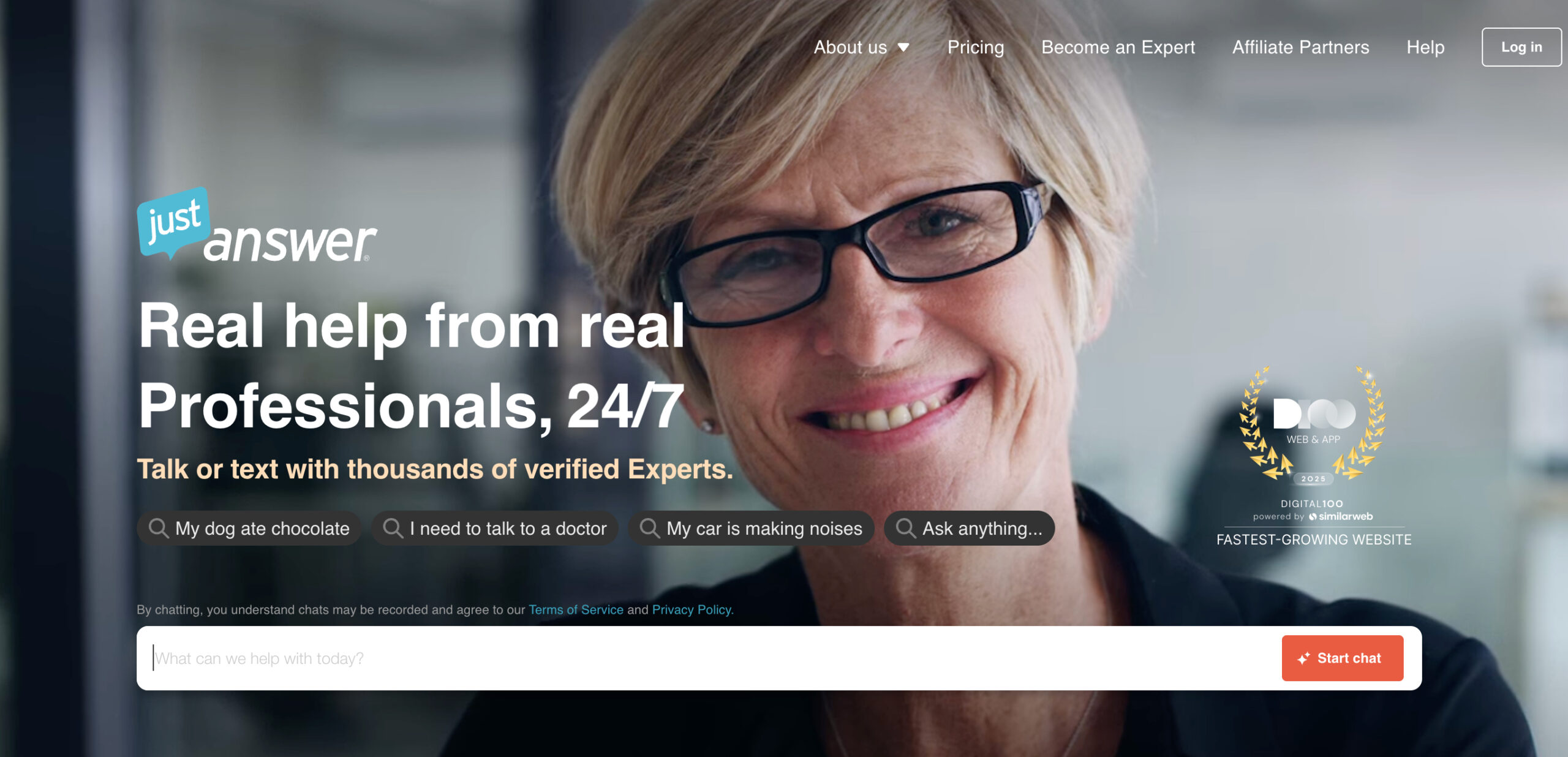
Five on Friday: App Store, GDPR and SaaS Back-up
Source: Bigstock Photo
In this week's Five on Friday, a recent report by App Annie shows spending in the App Store has doubled to $42.5 billion, Adweek says GDPR is an opportunity to build trust with customers, Search Data Backup offers best practices for backing up SaaS data, financial experts share opposing opinions about Pandora's future, and Forbes explore the growing subscription box industry. App Annie: App Store Generated $42.5 Billion in 2017
Source: Bigstock Photo
A recent repo...
HELLO!
This premium article is exclusively reserved for Subscription Insider PRO members.
Want access to premium member-only content like this article? Plus, conference discounts and other benefits? We deliver the information you need, for improved decision-making, skills, and subscription business profitability. Check out these membership options!
Learn more about Subscription Insider PRO memberships!
Already a Subscription Insider PRO Member?
Please Log-In Here!









